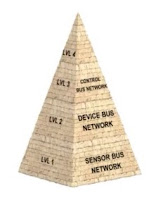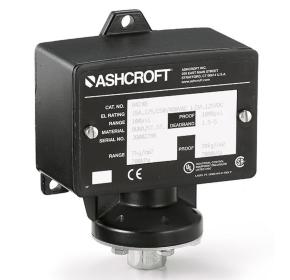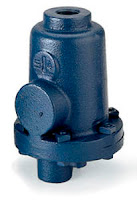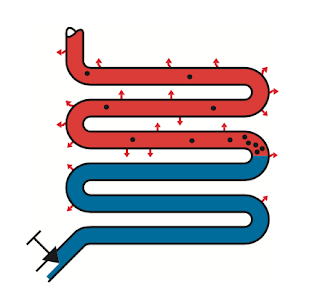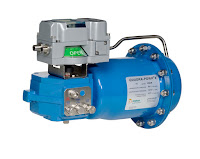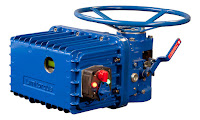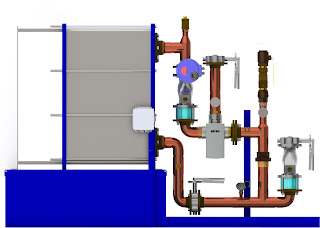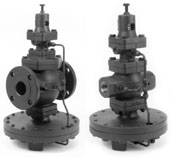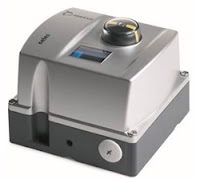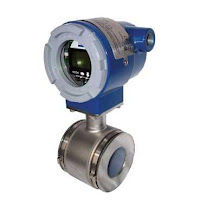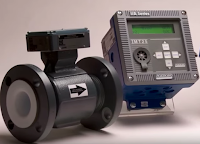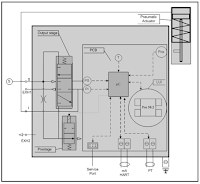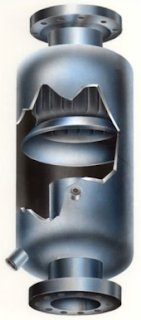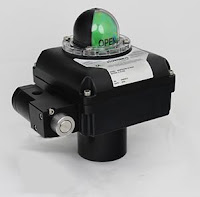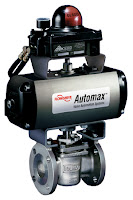The most basic level is the sensor bus networks. Sensor bus networks are the least complex of networks developed for industrial application. In these networks, multiple basic field devices like limits witches or level optical sensors are connected to one network cable. The sensor bus network is also capable of transmitting output signals from the controller over one cable to indicator lamps, alarms, or other actuator devices.
The next increasingly complex level of industrial Fieldbus networking is the device bus network. The device bus network is similar in function to the sensor bus network but works on a larger scale connecting many sensors and actuators together. The device bus network also connects equipment to variable speed drives and motor control centers that allow for control of individual elements in the network.
Moving up the pyramid, the next increasing complex level of Fieldbus networking is the control bus network. Control bus networks are the most advanced networks used on the factory floor and data communication happens at a high level. PLC's, or programmable logic controllers, are connected to each other alongside HMI's or human machine interface panels to allow for complete configuration and control of every instrument on the network. Smart instruments, capable of performing complex operations, can also be connected at this network level. For instance, there might be a smart instrument that measures wear and tear on a valve. When the wear reaches a dangerous level it will signal the controller that the valve needs to be replaced.
The enterprise or information level network in a company connects all computers and departments together it is the most overarching and complex of all the various network levels. This level of networking is primarily computer driven which allows for data collection, data monitoring, file transfers, and email exchange on a large scale. The various levels of interconnected Fieldbus networking help to keep industry functioning smoothly and successfully.
